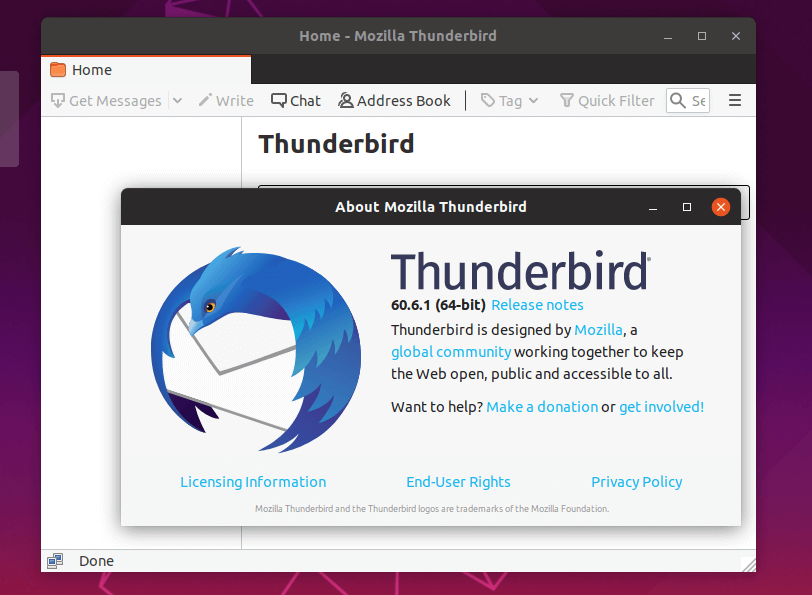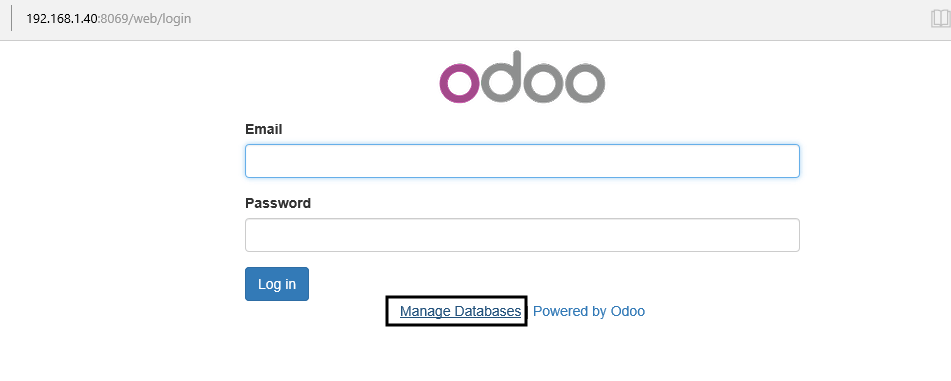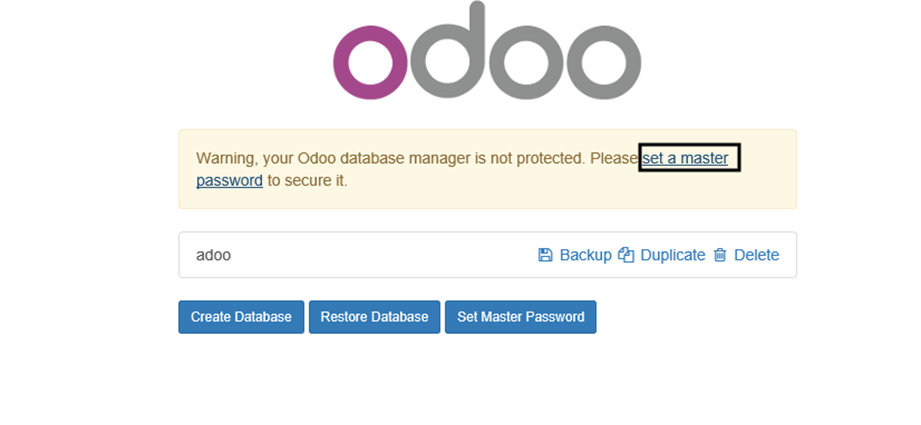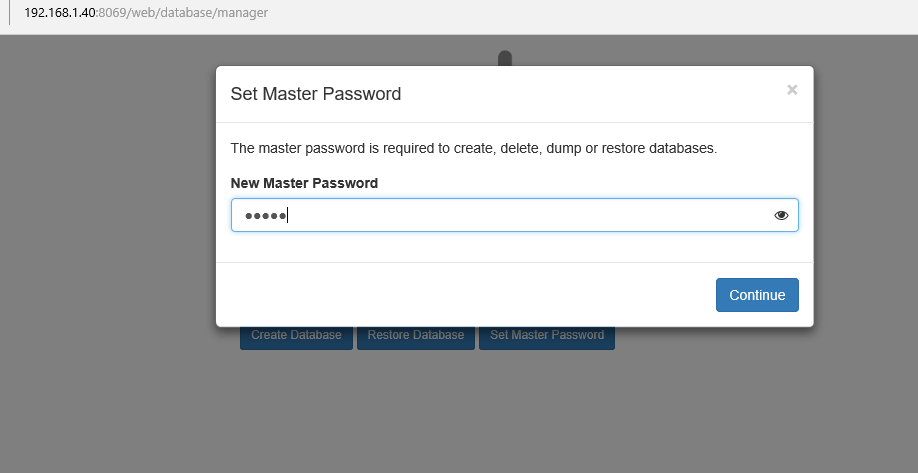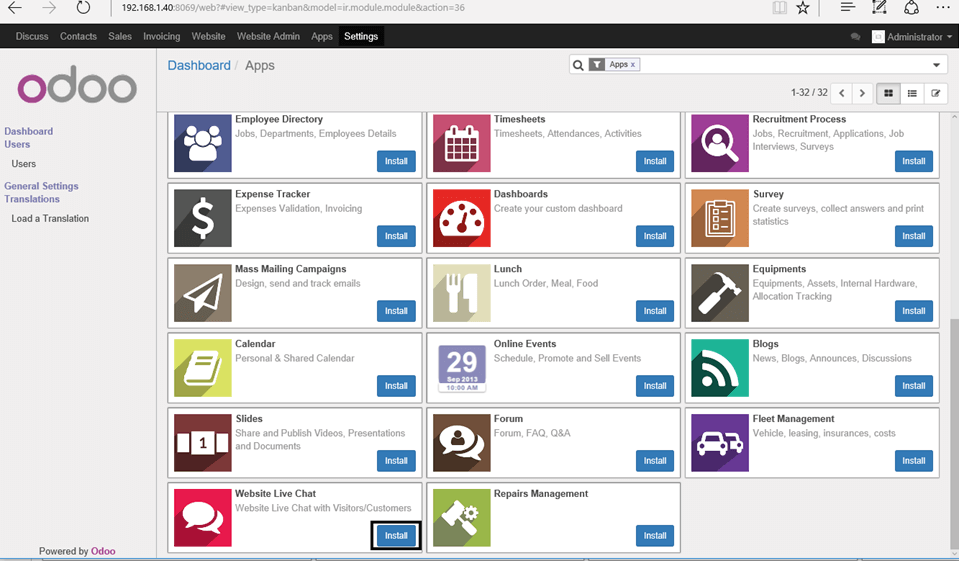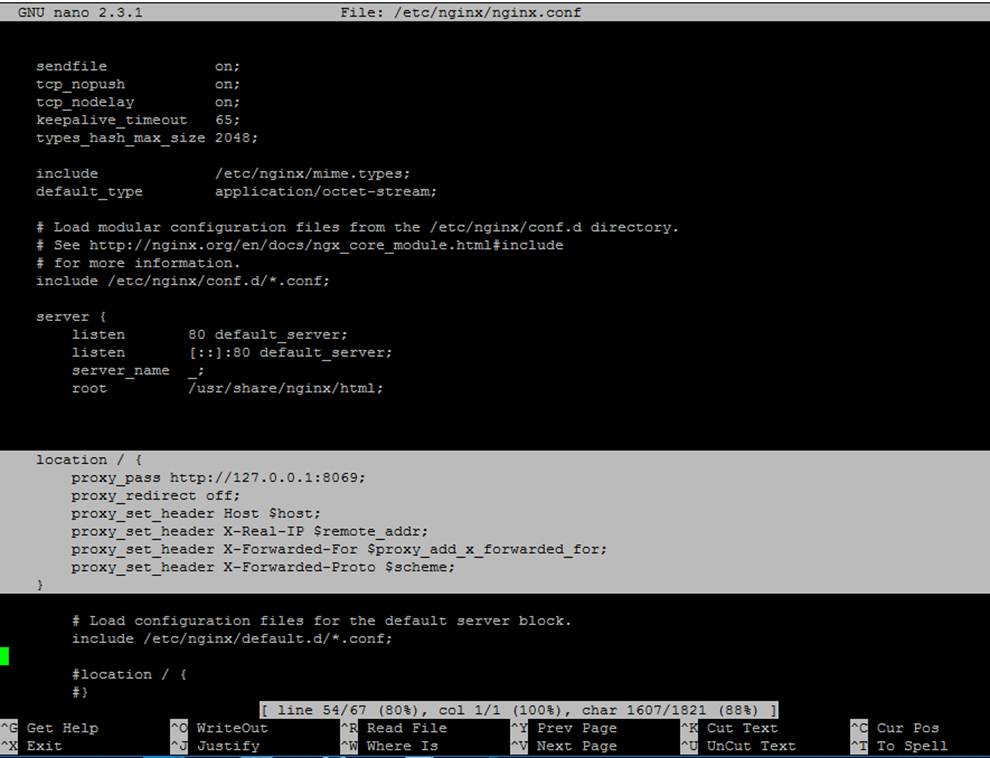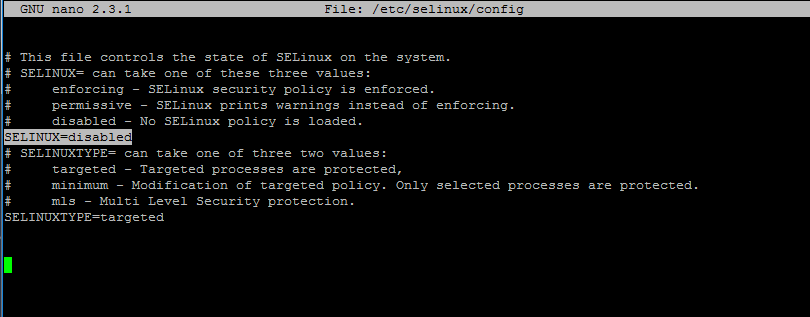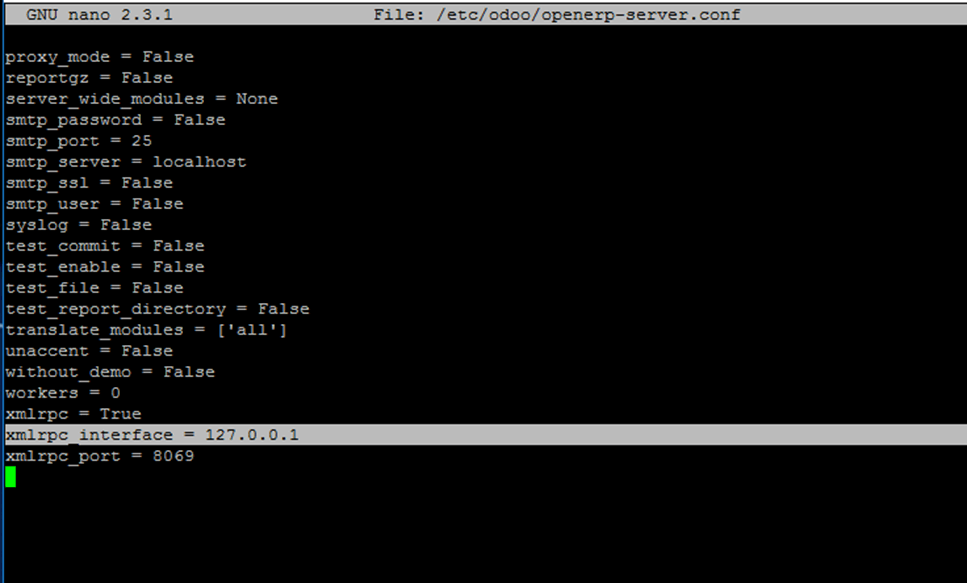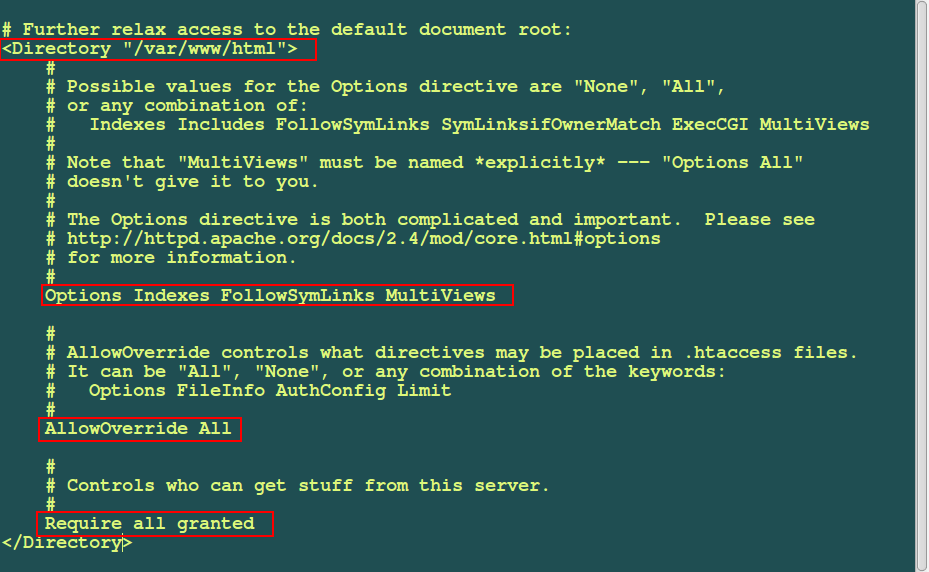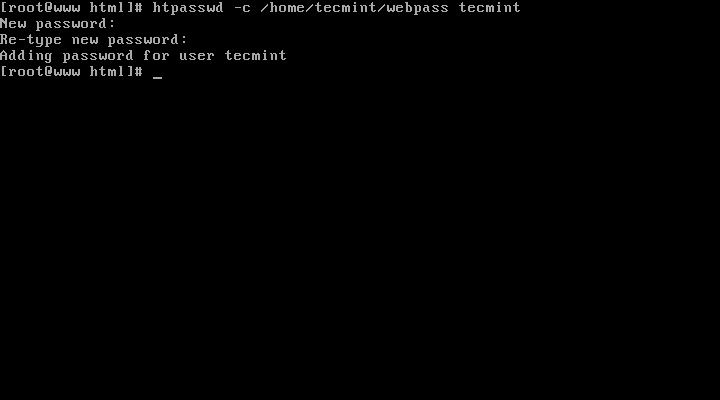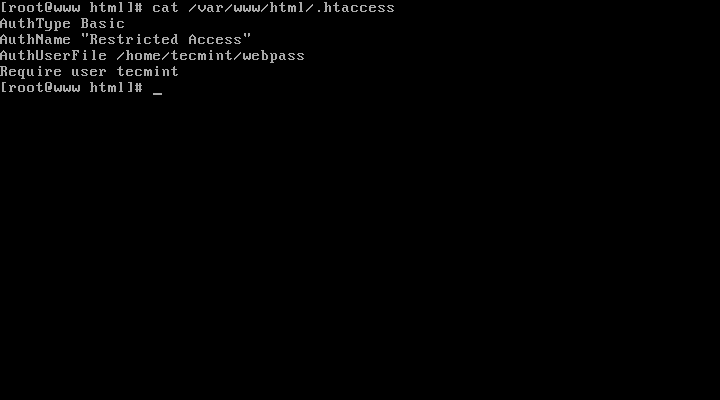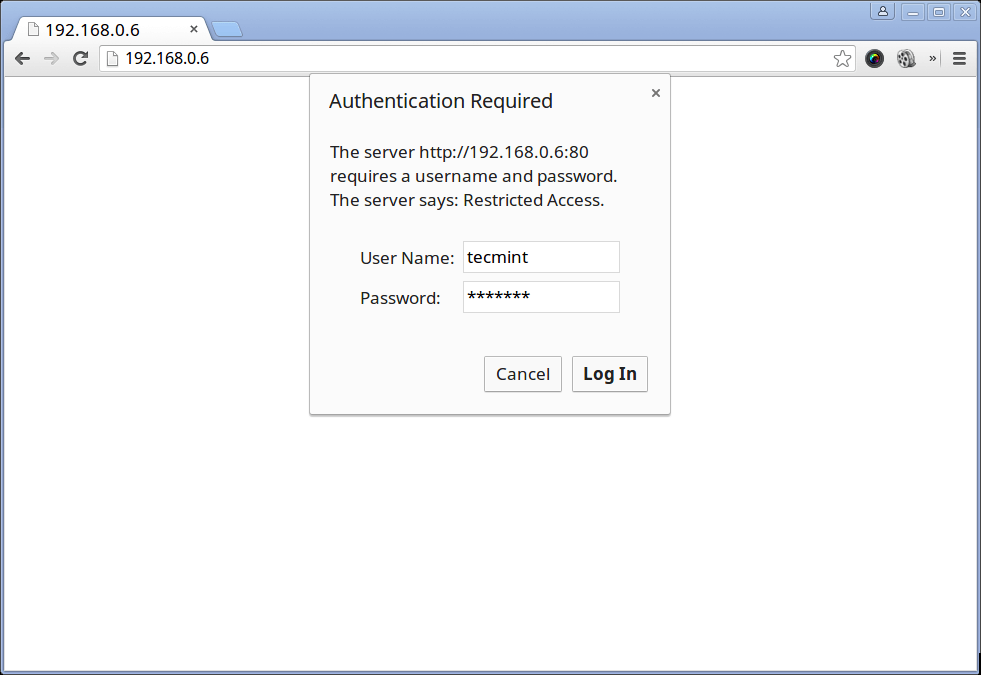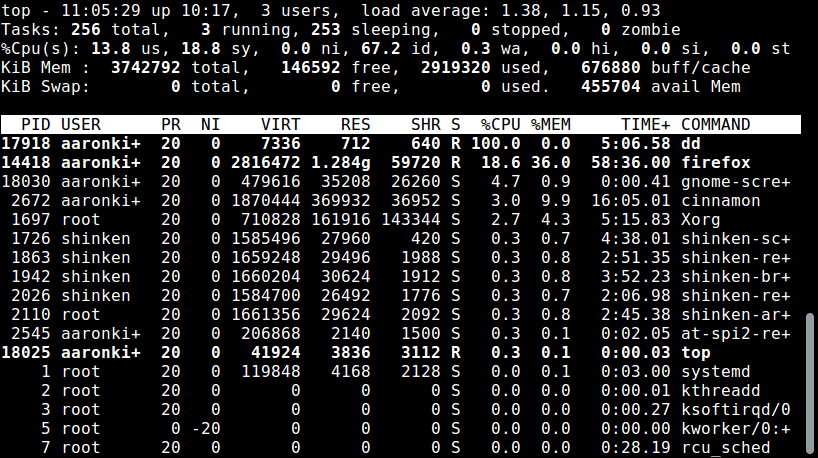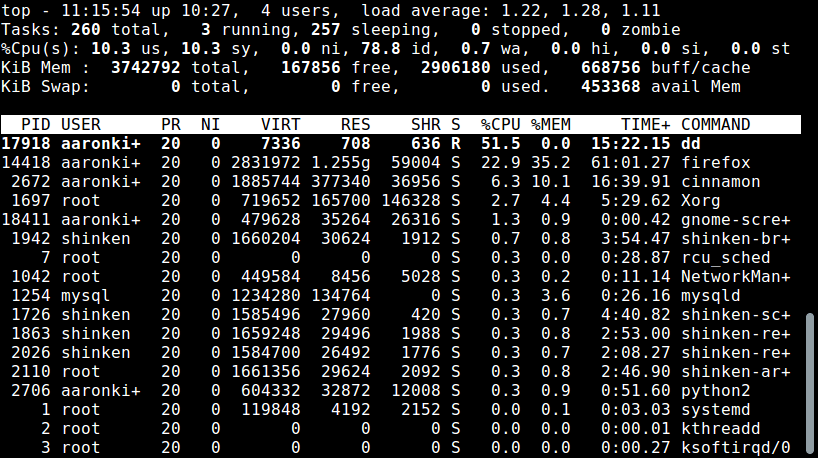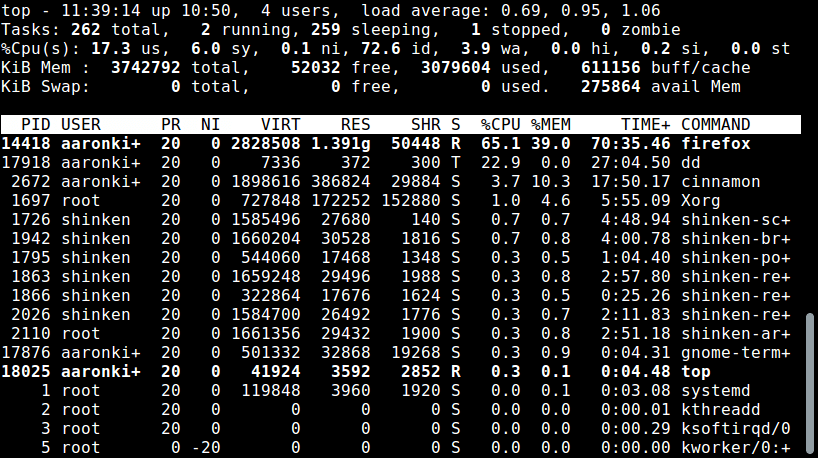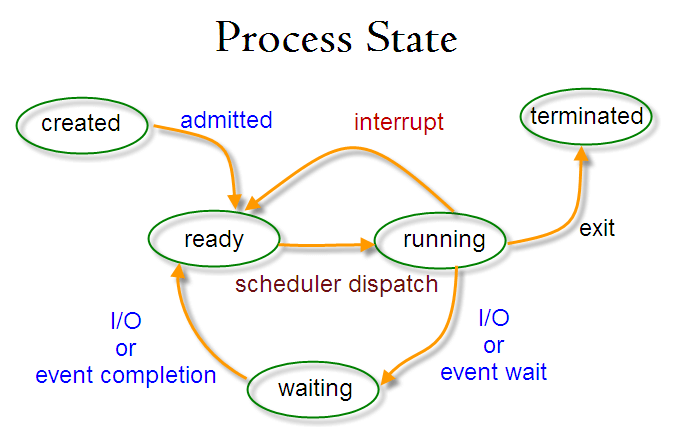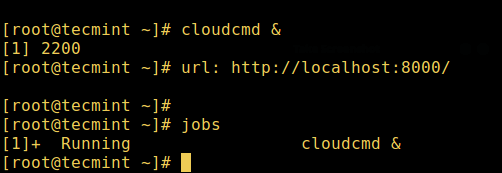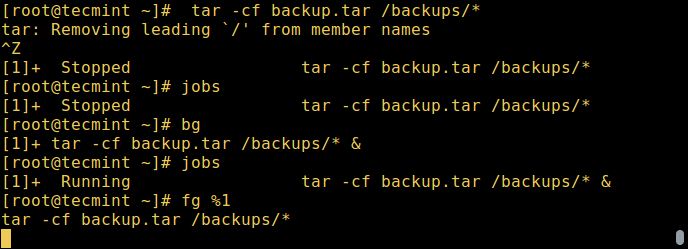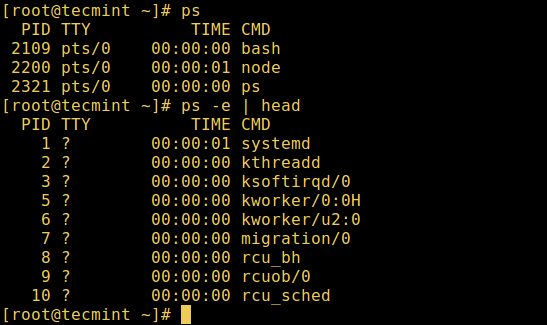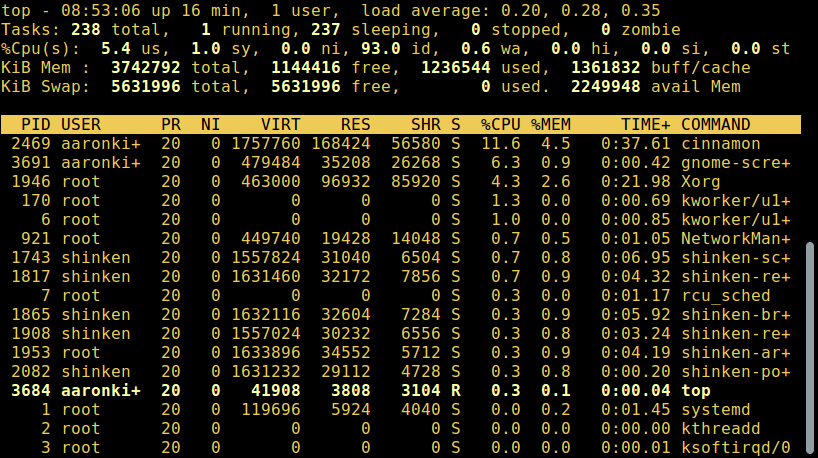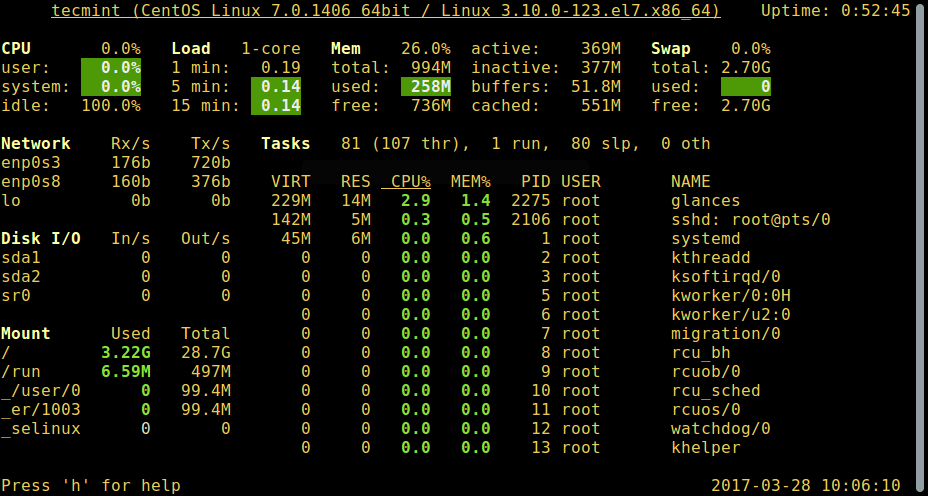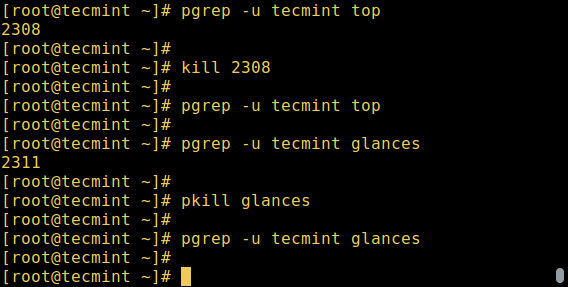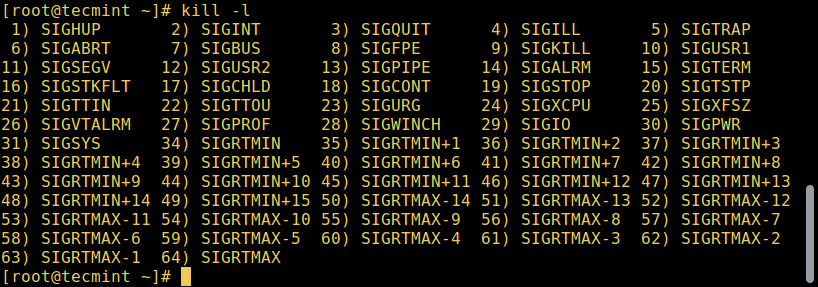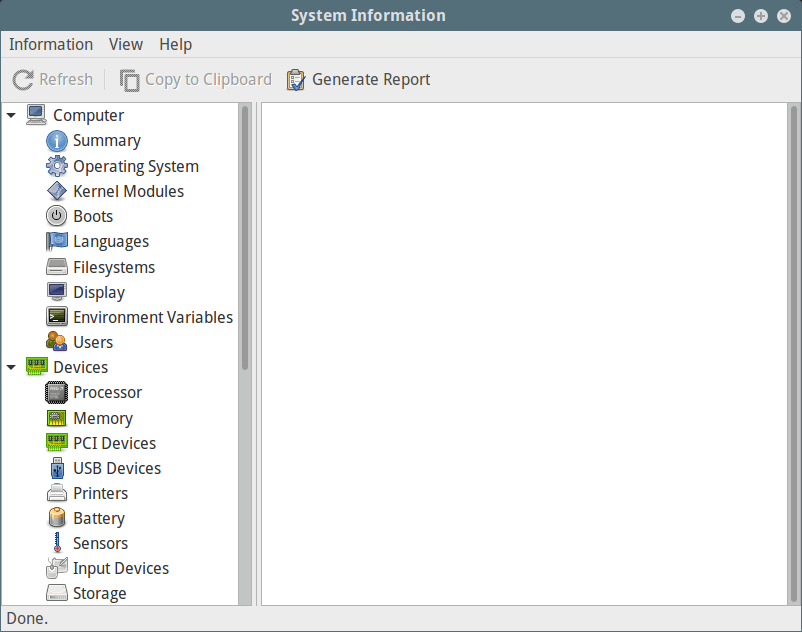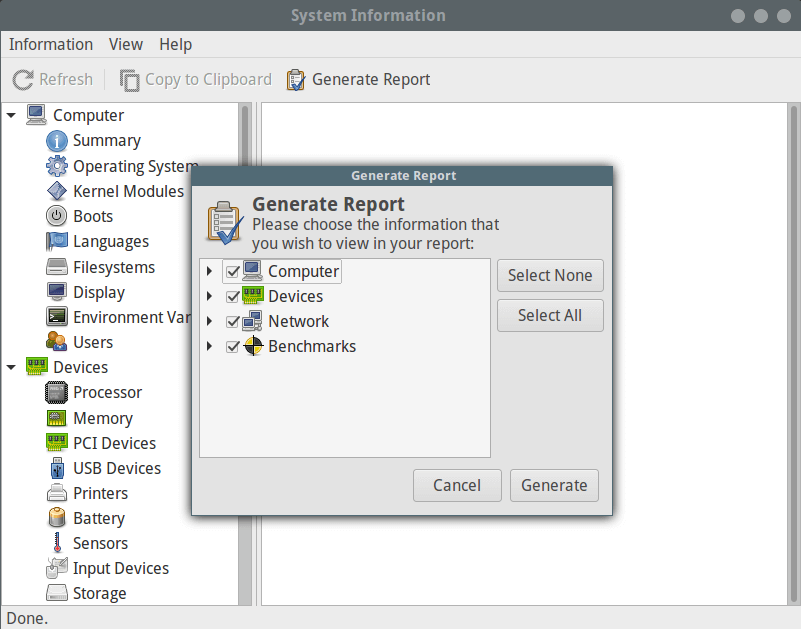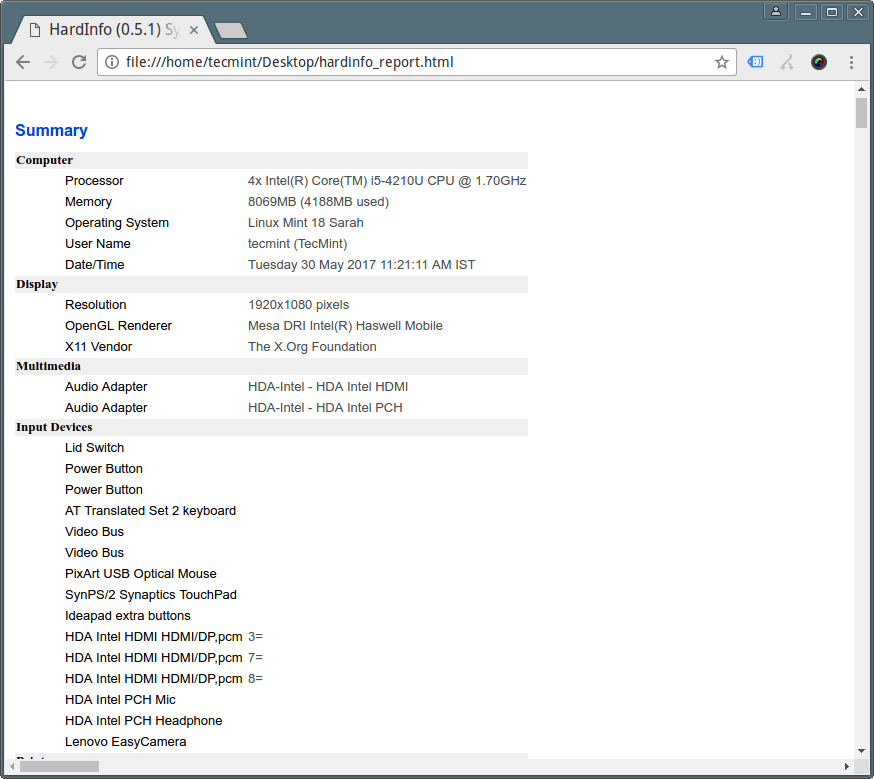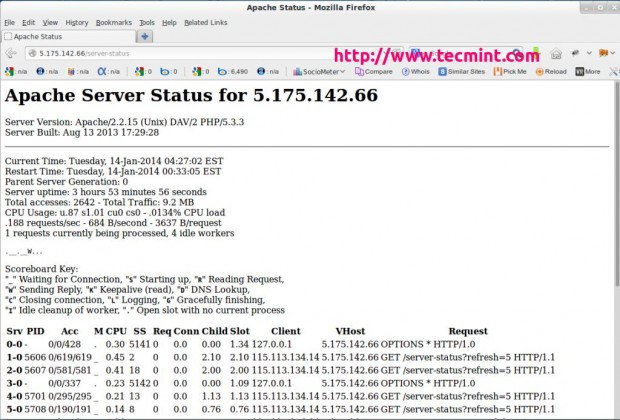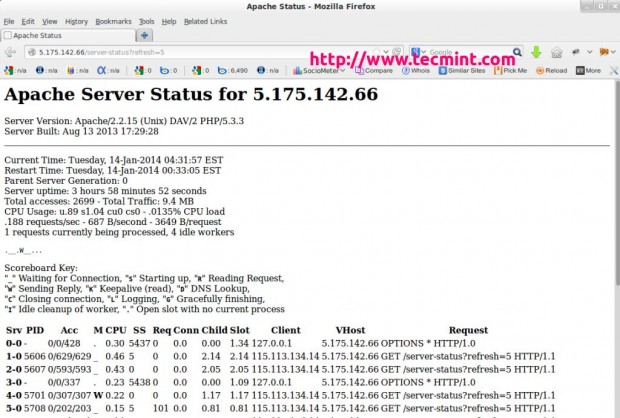According to a recent report by Netcraft (a well-known Internet company that provides among other services web browser usage statistics), Apache continues to be the most widely used web server among sites and Internet-facing computers.

5 Tips to Boost Your Apache Web Server Performance
Additionally, Apache keeps experiencing the largest growth among the top web servers, followed by Nginx and IIS. Thus, if you are a system administrator in charge of managing Apache installations, you need to know how to make sure your web server performs at the best of its capacity according to your (or you client’s) needs.
In this article we will discuss a few tips that will help you ensure that Apache will run smoothly and be able to handle the number of requests you are expecting from remote clients.
However, please keep in mind that Apache was not designed with the objective of setting benchmark records – but, even so, it is still capable of providing high performance in almost any usage case you can possibly think of.
TIP #1: Always keep Apache updated to its latest version
It goes without saying that having the latest version of Apache installed is probably one of the first things you need to consider. As of November 19, 2015, the latest version of Apache available in the CentOS 7 repositories is 2.4.6, whereas in Debian’s is 2.4.10.
However, there may be a recent improvement or a bug fix that has been added to a newly-released stable version, which is then made available to download and install from source. Compilation and installation instructions are also provided here – just remember that if you choose this update method, you may want to back up your current configuration files / sites / virtual hosts as a precaution.
In any event, you can check your currently installed version as follows:
# httpd -v [On RedHat/CentOS based systems]
# apache2 –v [On Debian/Ubuntu based systems]

Check Apache Version
As a rule of thumb, stick with the update method provided by the package manager of your chosen distribution (yum update httpd or aptitude safe-upgrade apache2, for CentOS or Debian, respectively) unless there is no other way. You can read the latest release notes in the Apache Documentation section in the Apache HTTP server Project website.
TIP #2: If you are using a Kernel older than 2.4, consider upgrading now
Why? Kernel versions 2.4 and above have the sendfile kernel system call enabled by default. That, in turn, facilitates high performance network file transfers (which are desired in the context of web server-client communications) and enables Apache to deliver static content faster and with lower CPU utilization by performing simultaneous read and send operations.
You can view your currently installed kernel with:
# uname -r
and compare it to the latest stable kernel in www.kernel.org (4.3 at the time of this writing).

Check Linux Kernel Version
Although it is a process not intended for beginners, upgrading your kernel is an interesting exercise to learn more about the internals of Linux.
TIP #3: Choose the Multi-Processing Module (MPM) that works best for your case
In practice, MPMs extend the modular functionality of Apache by allowing you to decide how to configure the web server to bind to network ports on the machine, accept requests from clients, and use children processes (and threads, alternatively) to handle such requests.
Beginning with version 2.4, Apache offers three different MPMs to choose from, depending on your needs:
-
- The
prefork MPM uses multiple child processes without threading. Each process handles one connection at a time without creating separate threads for each. Without going into too much detail, we can say that you will want to use this MPM only when debugging an application that uses, or if your application needs to deal with, non-thread-safe modules like mod_php.
- The
worker MPM uses several threads per child processes, where each thread handles one connection at a time. This is a good choice for high-traffic servers as it allows more concurrent connections to be handled with less RAM than in the previous case.
- Finally, the
event MPM is the default MPM in most Apache installations for versions 2.4 and above. It is similar to the worker MPM in that it also creates multiple threads per child process but with an advantage: it causes KeepAlive or idle connections (while they remain in that state) to be handled by a single thread, thus freeing up memory that can be allocated to other threads. This MPM is not suitable for use with non-thread-safe modules like mod_php, for which a replacement such a PHP-FPM must be used instead.
To check the MPM used by your Apache installation, you can do:
# httpd -V
The image below show that this particular web server is using the prefork MPM.
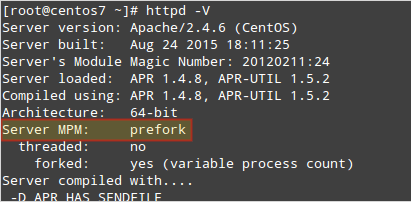
Check Apache MPM
To change this, you will need to edit:
# /etc/httpd/conf.modules.d/00-mpm.conf [On RedHat/CentOS based systems]
# /etc/apache2/mods-available/<mpm>.load [On Debian/Ubuntu based systems]
Where <mpm> can be mpm_event, mpm_worker, or mpm_prefork.
and uncomment the line that loads the desired module like so:
LoadModule mpm_event_module modules/mod_mpm_event.so
Note: To make the event MPM work in Debian, you may have to install the libapache2-mod-fastcgi package from the non-free repositories.
Additionally, for CentOS you will need php-fpm (along with fcgi and mod_fcgid) whereas in Debian it’s called php5-fpm (along with apache2-mpm-event).
Last, but not least, restart the web server and the newly installed php-fpm (or php5-fpm) service:
On RedHat/CentOS
# systemctl restart httpd php-fpm && systemctl enable httpd php-fpm
On Debian/Ubuntu
# systemctl restart apache2 php5-fpm && systemctl enable apache2 php5-fpm
Although you can set Apache to use a specific MPM, that configuration can be overridden on a per-virtual hostbasis in the same fashion as indicated earlier.
Just drop the corresponding tags into the configuration file for each virtual host and you’re ready to go – but make sure you’re using one and only one MPM per vhost.
Finally, please note that regardless of your chosen distribution, php-fpm relies on the implementation of FastCGI, which is the reason why I recommended the additional package installations earlier.
For more details and examples on php-fpm and how it can along with the event MPM increase the performance of Apache, you should refer to the official documentation.
This is what I see after changing the default MPM from prefork to event in the same box shown in the previous image:
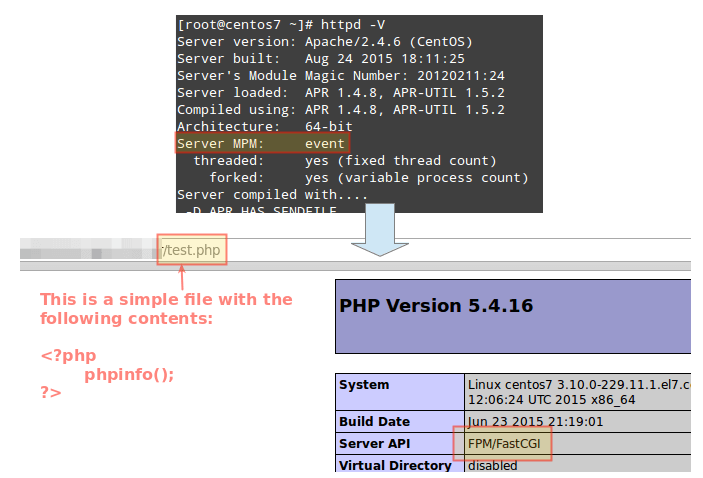
Choose Apache MPM Module
In CentOS 7, you will need to make sure that the http and https services are enabled through the firewall, and that the network interface(s) are properly added to the default zone.
For example:
# firewall-cmd --zone=internal --add-interface=tun6to4
# firewall-cmd --zone=internal --add-interface=tun6to4 --permanent
# firewall-cmd --set-default-zone=internal
# firewall-cmd --add-service=http
# firewall-cmd --add-service=https
# firewall-cmd --add-service=http --permanent
# firewall-cmd --add-service=https --permanent
# firewall-cmd --reload
The reason why I’m bringing this up is because I recently experienced an issue where the default firewalld configuration settings in a cloud VPS prevented php-fpm and Apache from processing php files.
As a basic test (I am sure you can think of more complicated or stressful ones), I will create a php file that checkes the existence of another file named test.php in the same directory of two CentOS 7 servers with the same hardware characteristics and load but with different MPM. One of them will use event and the other one will use prefork:

Compare Apache Event and Prefork Module
This is the php code that I’ve saved into a file named checkiffileexists.php:
<?php
$filename = 'test.php';
if (file_exists($filename)) {
echo "The file $filename exists";
} else {
echo "The file $filename does not exist";
}
?>
Then we will run the Apache benchmark tool (ab) with 200 simultaneous requests until 2000 requests are completed:
# ab -k -c 100 -n 2000 localhost/checkiffileexists.php
Let’s run the test and compare the results. Pay attention to the performance statistics:
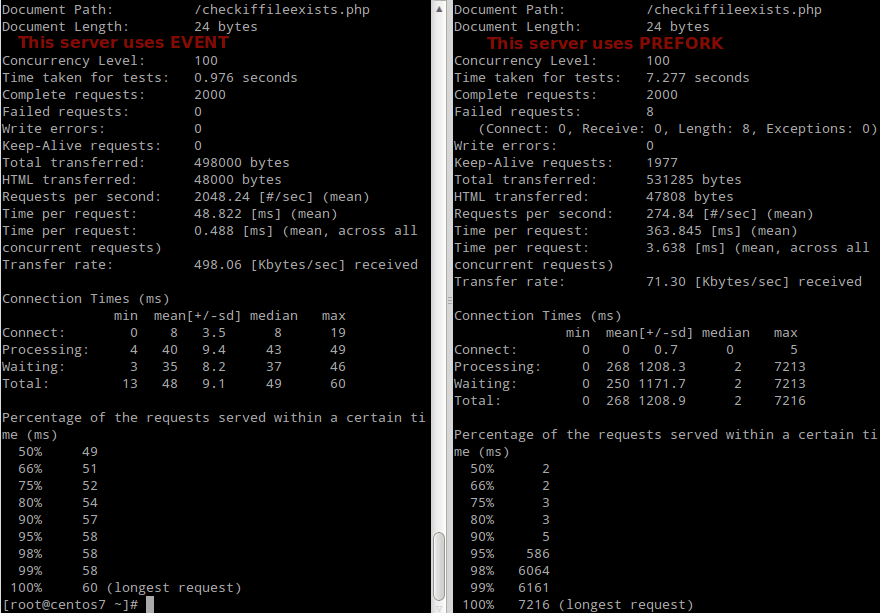
Apache Performance Load Testing
As you can see, the performance of the server with event is highly superior to its prefork counterpart in every aspect of this test.
TIP #4: Allocate RAM wisely for Apache
Perhaps the most critical hardware item to be taken into account is the amount of RAM allocated for each Apache process. While you cannot control this directly, you can restrict the number of child processes through the MaxRequestWorkers directive (formerly known as MaxClients in Apache 2.2), which will put limits on the RAM usage by Apache. Again, you can set this value on a per host or per virtual host basis.
To do this, you should take note of the average amount of RAM used by Apache, then multiply it by the number of MaxRequestWorkers, and that is the amount of memory that will be allocated for Apache processes. One thing you never want your web server to do is to begin using swap, as that will significantly decrease its performance. Thus, you should always keep the usage of RAM by Apache within the limits that you can afford and never rely on swap for it.
For example, the following block will restrict the number of simultaneous clients to 30. If more clients hit the host, they may experience a delay or a momentary failure that can be easily solved by refreshing the browser. While this may be considered undesirable, it is healthier for the server and in the long run, best for your site as well.
You can place this block inside /etc/httpd/conf/httpd.conf or /etc/apache2/apache2.conf, depending on whether you are using CentOS or Debian.
Please note that the same principle applies to all MPMs – I am using event here to continue with the concept outlined in the previous tip:
<IfModule mpm_event_module>
StartServers 3
MinSpareThreads 25
MaxSpareThreads 75
ThreadLimit 64
ThreadsPerChild 25
MaxRequestWorkers 30
MaxConnectionsPerChild 1000
</IfModule>
In any event, it is highly recommended that you refer to the Apache 2.4 docs to see which directives are allowed for your chosen MPM.
TIP #5: Know your applications
As a rule of thumb, you should not load any Apache modules that are not strictly needed for your application to work. This will require at least an overall knowledge of the applications running on your server, specially if you are a system administrator and there’s another team in charge of development.
You can list the currently loaded modules with:
# httpd -M [On RedHat/CentOS based systems]
# apache2ctl -M [On Debian/Ubuntu based systems]
To unload / disable modules in CentOS, you will need to comment out the line that begins with LoadModule(either in the main configuration file or in an auxiliary one inside /etc/httpd/conf.modules.d.
On the other hand, Debian provides a tool called a2dismod to disable modules and is used as follows:
# a2dismod module_name
To enable it back:
# a2enmod module_name
In either case, remember to restart Apache for the changes to take effect.
Summary
In this article we have reviewed 5 tips that will help you tune the Apache web server and increase its performance. In addition, you should remember that optimization and performance without security is pointless, so you may want to refer to the install mod_pagespeed to improve webserver performance and Apache hardening tips article in Tecmint.com as well.
Since we cannot adequately cover all the aspects of this topic in this article, perhaps you will think of other ideas that you would like to share with the rest of the community. If so, feel free to let us know using the comment form below.
Source

